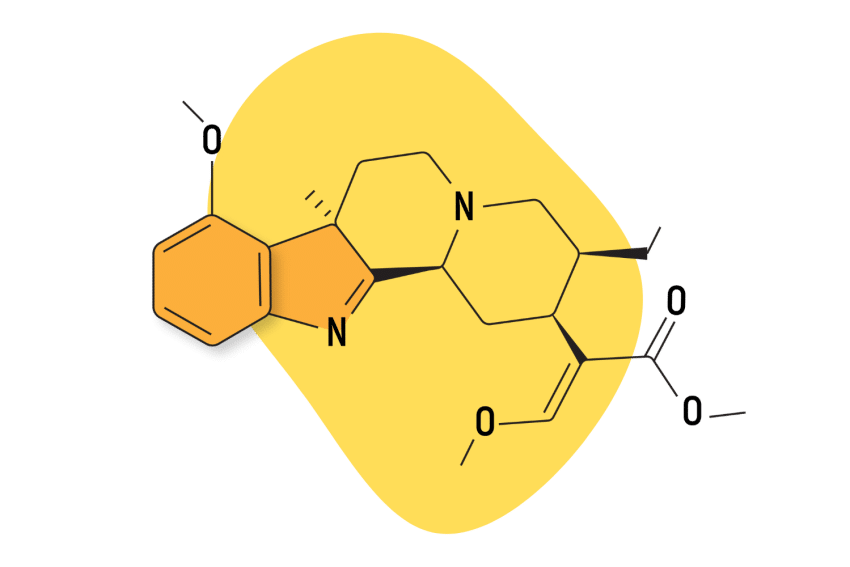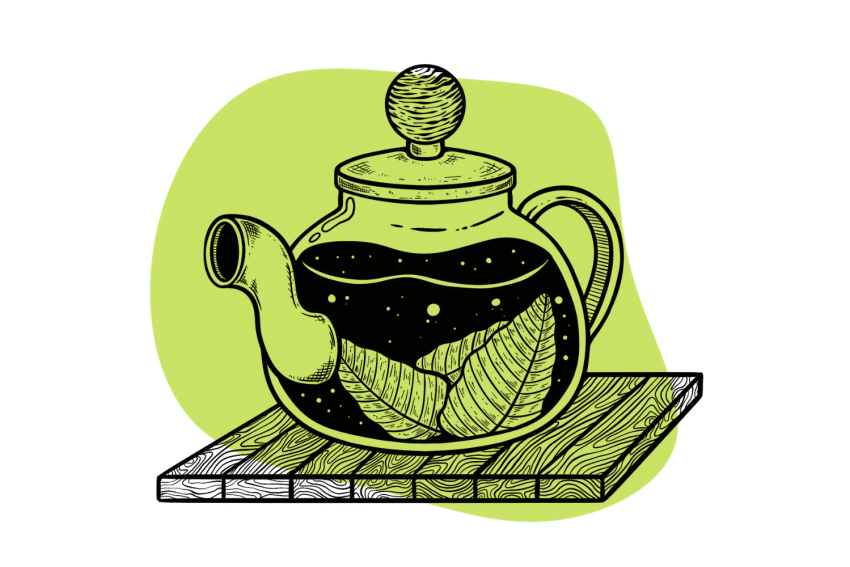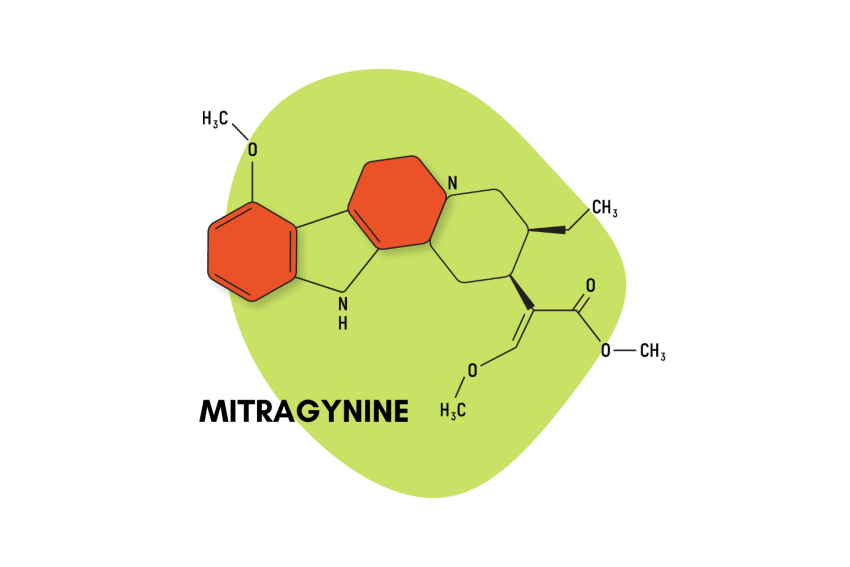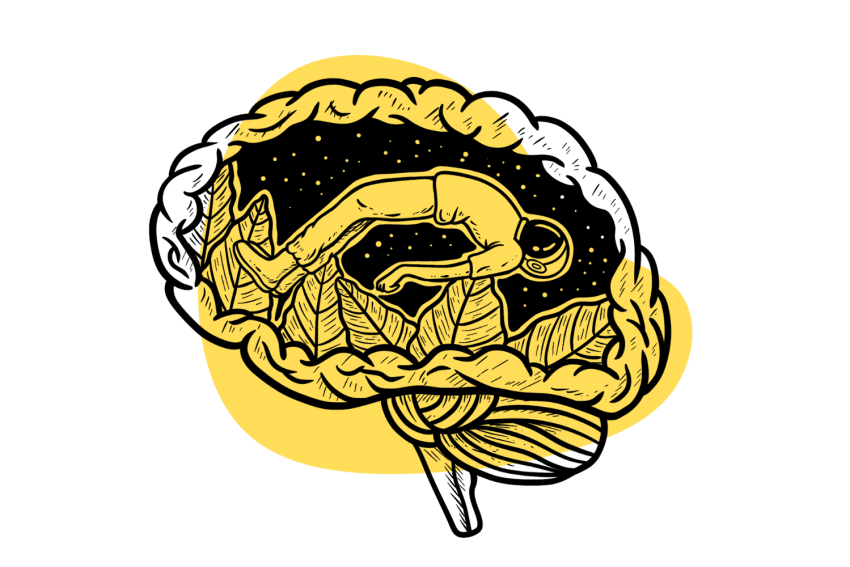The Truth About Kratom Addiction, Why It Happens, & How to Prevent It
Kratom is addictive, but it’s not nearly as bad as many make it out to be. Here’s the truth.

People still have many misconceptions regarding kratom’s effects, despite its use as a traditional medicine for hundreds of years. Specifically, there’s confusion about whether or not kratom is addictive. This article will explain why kratom can be addictive, how dangerous it is, and how to use kratom without becoming dependent.
Is Kratom Addictive?
The bottom line is yes, kratom can be addictive. While kratom isn’t an opioid, it does mimic their effects, including prescription drugs like OxyContin and morphine and illegal drugs like heroin. Although kratom is considered far less addictive than these substances, users can — and do — get addicted.
But it’s difficult to say just how addictive kratom is for a few reasons.
First off, many kratom users take it to wean off harder drugs, like opioids. These users are naturally at a high risk of addiction already, and this can skew the results of any test for how addictive kratom is.

Second, it’s hard to measure a drug’s addictive nature, so we mostly rely on anecdotal evidence. Nearly every kratom user reports that the herb is far less addictive than opioids like heroin and prescription painkillers but more addictive than tobacco and caffeine.
Finally, kratom is different for every user. It provides a bump in dopamine levels, which can be addictive in and of itself. It’s even more addictive if the user also finds relief from pain or anxiety, creating both a physiological and psychological addiction.
What Makes Kratom Addictive?
Much like other addictive substances, a few things make kratom a potentially addictive herb. We’ll discuss the primary reasons kratom can be habit-forming below.
1. It Relieves Pain
One of the most common uses for kratom is pain relief. Kratom works similarly to opioids — which also relieve pain — by binding to opioid receptors in the body and blocking pain signals from traveling to the brain [1]. Countless users take kratom to manage their pain symptoms and perception of pain.
Anyone can become psychologically dependent on any pain-relieving substance, including over-the-counter medications like ibuprofen. Anything that reduces pain perception can trigger a positive response in the brain, creating a psychological dependency.
Since kratom is known to relieve pain, users can become dependent on it to feel good and maintain a pain-free lifestyle.
2. It Reduces Anxiety
Research has shown that kratom has an agonistic relationship with GABA receptors in the body [2]. GABA is a neurotransmitter that suppresses the central nervous system and soothes many users’ anxiety and stress.
Much like kratom can be psychologically addictive because it relieves pain, it can also create dependency by relieving anxiety. For the same reasons, your brain can associate kratom with soothing and pleasurable relief from stress, creating an addiction.

3. It Causes Physiological Changes
While pain and anxiety relief don’t cause addiction in the classical sense, kratom’s effect on neurotransmitters can. Any substance that changes your brain chemistry can create a physiological dependence, which is significantly more challenging to break.
Kratom is known to increase dopamine levels in the bloodstream by binding to mu-opioid receptors. Experts believe these receptors are the primary controllers of the dopaminergic signals in our bodies [3].
Dopamine is the primary neurotransmitter involved in our internal reward system. When we experience a surge of dopamine, we’re naturally triggered to continue doing the thing that caused it.
Since kratom binds to mu-opioid receptors, it creates a bump in dopamine levels that makes the user feel pleasure and euphoria. Even in small doses, that dopamine kick can lead the user to develop a physiological addiction to kratom.
If kratom use stops, dopamine levels drop, making the user want more of the herb.
4. It Is a Stimulant
Finally, the alkaloid mitragynine contained within the leaves of the kratom tree is known to be a stimulant. It triggers an increase in adrenaline and norepinephrine in the bloodstream, improving attention span, focus, and energy [4].

When users take kratom to enhance performance at school or work, they can become accustomed to how productive and motivated they are. When kratom use stops, it can be discouraging to see those benefits disappear.
Although this isn’t a classic addiction, it can be habit-forming and cause the user to continue to want those effects.
Can Kratom Cause An Overdose?
Because of kratom’s alkaloids, it’s very difficult to overdose using kratom alone.
Mitragynine and 7-hydroxymitragynine — kratom’s main alkaloids — are G-protein-based mu-opioid agonists, which are shown to be safer and less likely to cause respiratory depression, the leading cause of overdose death.
However, mixing kratom with other drugs drastically increases the risks, especially when combined with opioids.
Can You Use Kratom Without Getting Addicted?
The statistics indicate that an estimated 3.3 million people in the United States use kratom without developing traditional addiction [5]. Only 11% of kratom users reported lifetime use that suggests dependence, and just 8.5% of lifetime users who quit experienced severe withdrawal symptoms [6, 7].

Although these statistics prove nothing, they indicate that people can consume kratom without developing an addiction. Regular users claim they can stop at any point without feeling an extreme need for it.
How Do You Avoid Kratom Addiction?
Whether you’re curious about kratom or already use it, it’s important to understand how to take it safely. Below are a few guidelines that can help you avoid kratom dependency and addiction.
1. Limit Your Dose
The first key to avoiding kratom addiction is maintaining low dosages.
Kratom’s effects are heavily dose-dependent, so base the dose you need on the guidelines below:
- Increased energy, focus, and mood: 0.5-2 g
- Reduce anxiety and mild to moderate pain: 2-4 g
- Reduce moderate to severe pain and treat insomnia: 4-6 g
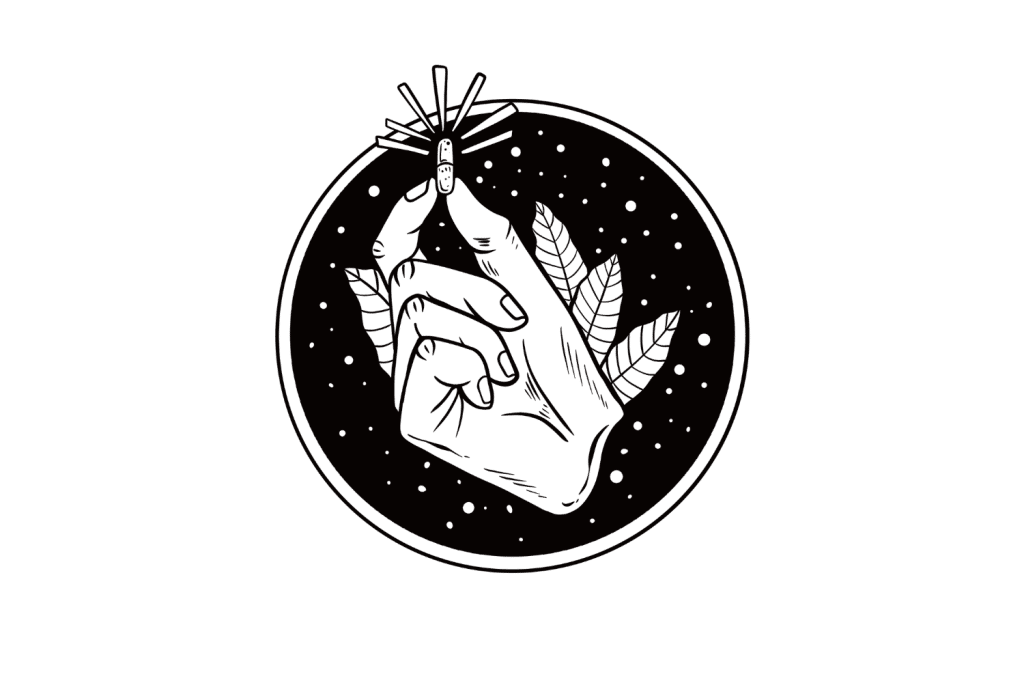
It’s best to start with a dose on the lower end of your desired effects and increase as needed. Larger doses can significantly affect neurotransmitter levels, pain, and anxiety, making it easier to build a tolerance or become addicted.
2. Limit Your Use
Next, use kratom as little as possible. It’s easy to get in the habit of taking it often. As with many other drugs, chasing after the effects makes you far more likely to become addicted.
If you fail to feel the same effects after a while, avoid increasing the amount you use. Instead, take a tolerance break. If you use kratom for pain, use medications or other supplements and herbs that are not addictive to help you switch things up so you don’t become addicted.
3. Take Breaks
Taking a tolerance break, as suggested above, can be an effective strategy for preventing addiction. This gap enables the body to restore its natural levels of dopamine, GABA, and other hormones that kratom usage affects. Allowing the body to reset to its baseline levels can reduce the risks of dependence.
Most experts agree that avoiding kratom use for at least two days each week and one full week each month will help you achieve your desired effects without increasing your dose.
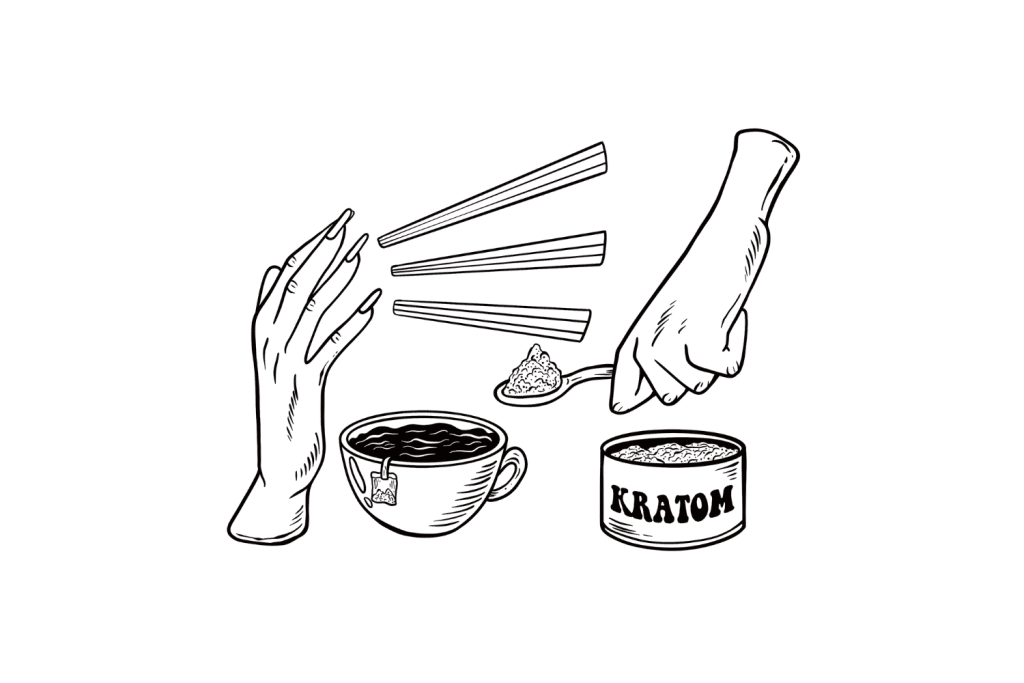
How Do You Deal With Kratom Addiction?
For those who have become addicted, kicking the habit can be challenging, especially if you’ve been a long-time user. There are a few resources available and things you can do to ditch your addiction entirely. We’ll discuss these below.
1. Accept That You’re Addicted
One of the first steps to overcoming addiction is accepting that your drug use is an issue. It’s also important to accept that you may be unable to kick the addiction yourself. Many people feel ashamed that they have become addicted to a substance, but do your best to avoid these feelings. Addictive substances change your brain chemistry and can make it impossible to overcome the addiction by yourself.
Once you’ve accepted that your kratom use is an issue, you can try to quit it on your own and get help from a professional if you’re unable to do so.
2. Know What to Expect
Overcoming addiction certainly isn’t easy, but it’s an integral part of returning your life to normal. Understanding what you’ll experience as you taper off kratom can help you push through and come out the other side.

Below are some side effects associated with quitting or tapering off of kratom. Understand that these are a normal part of the process, and try not to let the lure of getting rid of these symptoms bring you back to kratom.
- Anxious feelings and thoughts
- Cravings for kratom
- Fatigue
- Inability to sleep
- Irritability and/or aggression
- Mild hallucinations, although these are rare
- Mood swings
- Muscle aches
- Nausea and vomiting
- Sweating
- Tremors
3. Detoxification
Once you know that you need to kick your kratom habit and understand the potential side effects associated with quitting, you can work on detoxing — the process of getting the substance out of your system.
For kratom users, that usually means gradually and slowly decreasing their daily consumption to eventually reach a point where they no longer take any.
This process can take as little as a day for some users who can quit cold turkey. For most users, the timeline is closer to a week, though some may find that a month or more is necessary. It will depend on many factors, including your regular daily dose, how long you’ve been taking kratom, your personality, and more.
Decreasing the average daily amount by 5-10% is a successful way for most users to detox and break the habit. For example, if you take 4 grams of kratom daily, take between 3.8 and 3.6 grams instead. The following day, take between 3.2 and 3.6 grams. Continue decreasing by 0.2 to 0.4 grams per day.
During the detox, if you feel that the withdrawal symptoms are unbearable, you can always stick with that lower dose for a few days to let your body adjust before going lower. Detoxification is a highly personal experience. It’s important to go at your own pace and do what feels comfortable, so don’t be discouraged if you need to drop your dose by 1% each day instead of 10%.
Related: Two “Simple” Ways to Get Off Kratom & a Few Things That Can Make It Easier
Life After Kratom
The path to complete recovery may be a prolonged process based on the intensity and length of the addiction. Although some individuals can successfully quit kratom after undergoing detoxification, as it is considered less addictive compared to nicotine or heroin, others may encounter a reappearance of cravings and a resurgent urge to use kratom.
Some past kratom users turn to a mix of therapy and medication to help stay off of kratom for good. Behavioral therapy is a popular option, especially since relatively few medicines have been explicitly identified for kratom withdrawal.

In some cases, both opioid withdrawal and kratom withdrawal share the same medications, including dihydrocodeine and lofexidine. Methadone and buprenorphine are limited to extreme cases.
These medications help ex-users cope with withdrawal symptoms and maintain normalcy. Unfortunately, these drugs can also be addictive and often need to be tapered down.
Get Help When You Need It
You can always fall back on substance abuse hotlines like the Substance Abuse and Mental Health Services Administration (SAMHSA). You can call SAMHSA at 1-800-662-4357 to speak with a representative or visit the government agency’s website for more information. SAMSHA employs substance abuse professionals who can help you cope with withdrawal symptoms or find further professional help if you need it.
Avoiding Relapse
The risk of returning to kratom after kicking an addiction is relatively low, especially compared to other drugs. Only around 10% of lifetime kratom users who have tried to quit have found it exceedingly challenging. Still, it’s essential to take certain steps to avoid relapse after quitting.
Here are a few things you can do to maintain sobriety:
- Get rid of any kratom you still have in the house.
- Avoid people you used to consume kratom with.
- Be honest and open with family members and friends; maintaining your social connections is critical for continued support.
- Substitute your kratom use with a healthy habit, like exercising or positive social interactions.
- Set goals for yourself to stay motivated, whether about kratom sobriety specifically or life in general.
- Don’t be afraid to go back to a helpline or therapy if you feel the urge to use kratom again in the future.
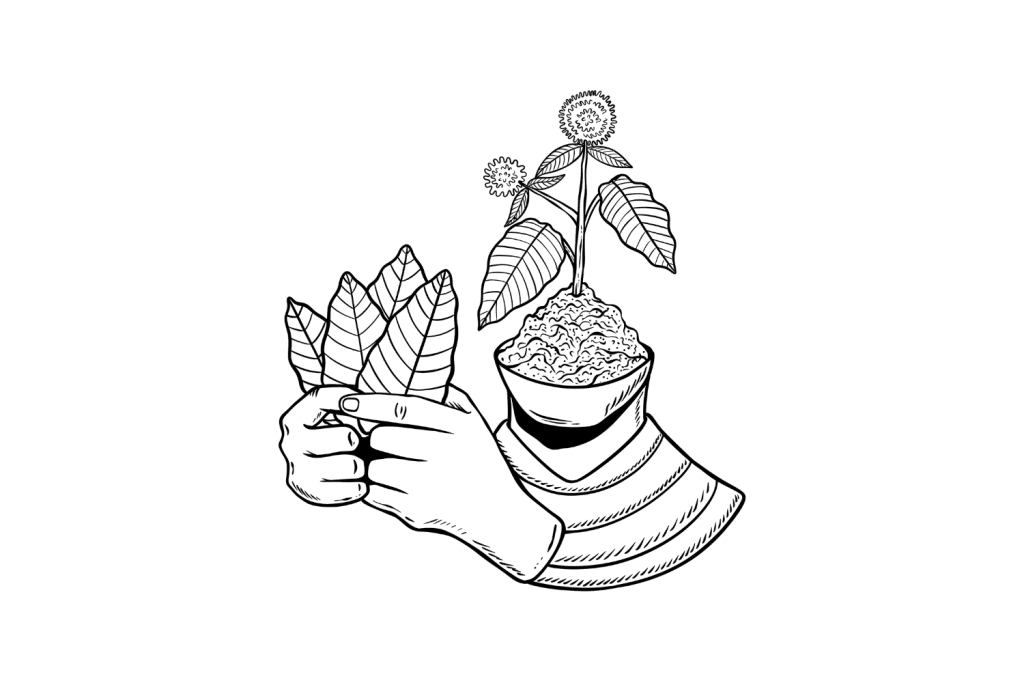
Wrapping Up: Addiction Happens, but You Can Overcome It
For most kratom users, the steps discussed in this article to get and stay sober won’t be necessary. Kratom is famous for being a relatively safe compound to consume, especially if you follow the guidelines mentioned above for avoiding addiction. It’s considered less addictive than nicotine, alcohol, and opioids, but there is still a risk of psychological and physiological dependence.
If you’re addicted to kratom, you can try tapering down your daily consumption each day until you no longer feel you need to use it. Many habitual kratom users can do this without much of an issue or severe withdrawal symptoms, but others will find it difficult, especially if they’re long-time users.
Remember that no matter what your addiction is, there is always help available. You can turn to friends, family, or professionals to help you return to normalcy. If you find your kratom use is becoming an addiction, contact SAMHSA (1-800-662-4357), seek behavioral therapy or get medication from a doctor to help limit withdrawal symptoms.
References
- Kosten, T. R., & George, T. P. (2002). The Neurobiology of Opioid Dependence: Implications for Treatment. Science & Practice Perspectives, 1(1), 13-20.
- Mun, M., & Wong, A. (2020). Kratom and phenibut: a concise review for psychiatric trainees. American Journal of Psychiatry Residents’ Journal.
- Johnson, L. E., Balyan, L., Magdalany, A., Saeed, F., Salinas, R., Wallace, S., Veltri, C. A., Swogger, M. T., Walsh, Z., & Grundmann, O. (2020). Focus: Plant-based Medicine and Pharmacology: The Potential for Kratom as an Antidepressant and Antipsychotic. The Yale Journal of Biology and Medicine, 93(2), 283-289.
- Harun, N., Hassan, Z., Navaratnam, V., Mansor, S. M., & Shoaib, M. (2015). Discriminative stimulus properties of mitragynine (kratom) in rats. Psychopharmacology, 232, 2227-2238.
- León, F., Obeng, S., Mottinelli, M., Chen, Y., King, T. I., Berthold, E. C., … & McCurdy, C. R. (2021). The activity of Mitragyna speciosa (“Kratom”) alkaloids at serotonin receptors. Journal of medicinal chemistry, 64(18), 13510-13523.
- Rogers, J. M., Smith, K. E., Strickland, J. C., & Epstein, D. H. (2021). Kratom Use in the US: Both a Regional Phenomenon and a White Middle-Class Phenomenon? Evidence From NSDUH 2019 and an Online Convenience Sample. Frontiers in Pharmacology, 12.
- Smith, K. E., Dunn, K. E., Rogers, J. M., Garcia-Romeu, A., Strickland, J. C., & Epstein, D. H. (2012). Assessment of kratom use disorder and withdrawal among an online convenience sample of US adults. Journal of addiction medicine, 16(6), 666-670.

